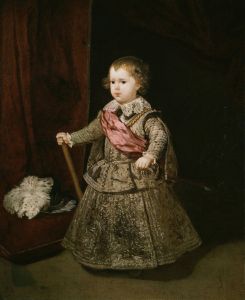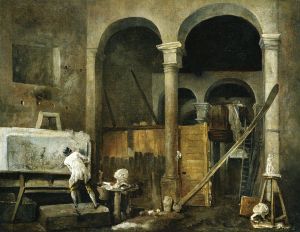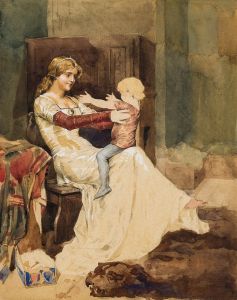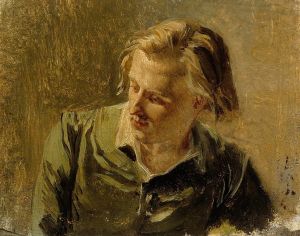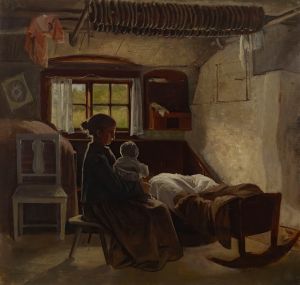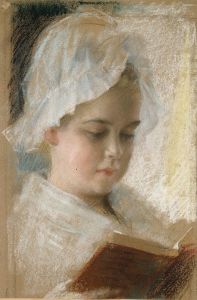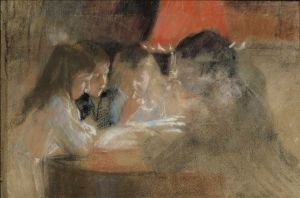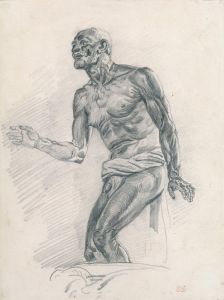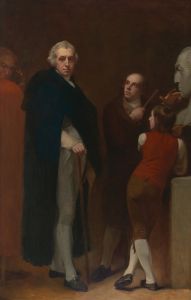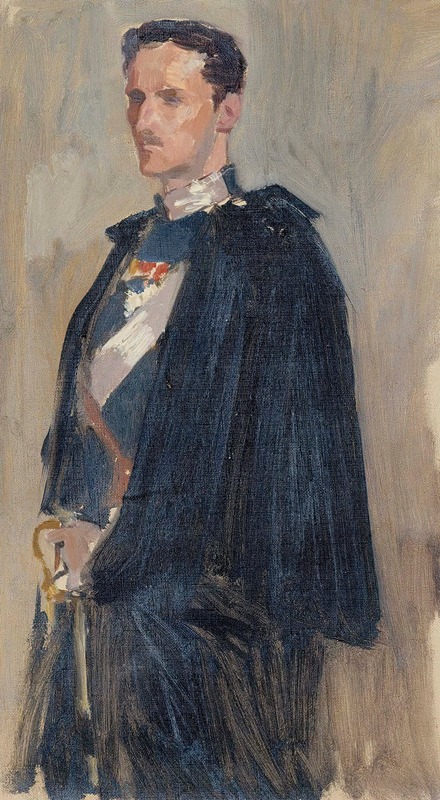
Skecth for the Portrait of Prince Carl
A hand-painted replica of Albert Edelfelt’s masterpiece Skecth for the Portrait of Prince Carl, meticulously crafted by professional artists to capture the true essence of the original. Each piece is created with museum-quality canvas and rare mineral pigments, carefully painted by experienced artists with delicate brushstrokes and rich, layered colors to perfectly recreate the texture of the original artwork. Unlike machine-printed reproductions, this hand-painted version brings the painting to life, infused with the artist’s emotions and skill in every stroke. Whether for personal collection or home decoration, it instantly elevates the artistic atmosphere of any space.
Albert Edelfelt was a prominent Finnish painter known for his realistic and detailed portraits. One of his notable works is "Sketch for the Portrait of Prince Carl," which exemplifies his skill in capturing the likeness and character of his subjects. This sketch is a preparatory work for a more finished portrait, showcasing Edelfelt's process and attention to detail.
Albert Edelfelt was born on July 21, 1854, in Porvoo, Finland, and he became one of the most celebrated artists of his time. He studied at the Drawing School of the Finnish Art Society and later at the Royal Academy of Fine Arts in Antwerp, Belgium. Edelfelt further honed his skills in Paris, where he was influenced by the French academic tradition and the burgeoning Impressionist movement. His ability to blend these influences with his own style made him a sought-after portrait artist.
The subject of the sketch, Prince Carl of Sweden, was a member of the Swedish royal family. Born on February 27, 1861, Prince Carl was the third son of King Oscar II of Sweden and Norway and Queen Sophia. He held the title Duke of Västergötland and was involved in various royal duties throughout his life. The portrait of Prince Carl by Edelfelt was likely commissioned to capture the prince's likeness for official or personal purposes.
Edelfelt's sketch of Prince Carl is characterized by its loose yet precise brushwork, which captures the essence of the prince's features and demeanor. The sketch serves as a study for a more formal portrait, allowing Edelfelt to experiment with composition, lighting, and expression. This preparatory work demonstrates Edelfelt's meticulous approach to portraiture, where he would often create several studies before completing the final piece.
The sketch reflects Edelfelt's mastery in portraying the human figure and his ability to convey the personality and status of his subjects. His portraits are known for their lifelike quality and the subtle interplay of light and shadow, which add depth and dimension to the figures. Edelfelt's attention to detail and his skillful use of color and texture are evident in this sketch, highlighting his reputation as a leading portrait artist of his era.
Throughout his career, Edelfelt painted numerous portraits of notable figures, including members of the European aristocracy, politicians, and cultural icons. His works were well-received and exhibited in prestigious venues, earning him international acclaim. Edelfelt's contribution to Finnish art and his influence on subsequent generations of artists remain significant.
"Sketch for the Portrait of Prince Carl" is a testament to Edelfelt's artistic prowess and his ability to capture the essence of his subjects. While the sketch itself may not be as widely recognized as some of his completed works, it provides valuable insight into his creative process and the techniques he employed to achieve his renowned portraits.
Albert Edelfelt passed away on August 18, 1905, but his legacy endures through his extensive body of work, which continues to be celebrated for its technical excellence and emotional depth. His portraits, including the sketch of Prince Carl, remain important cultural artifacts that offer a glimpse into the lives and personalities of the individuals he depicted.






